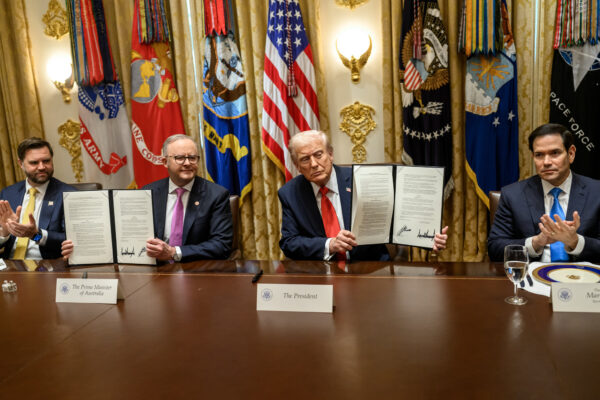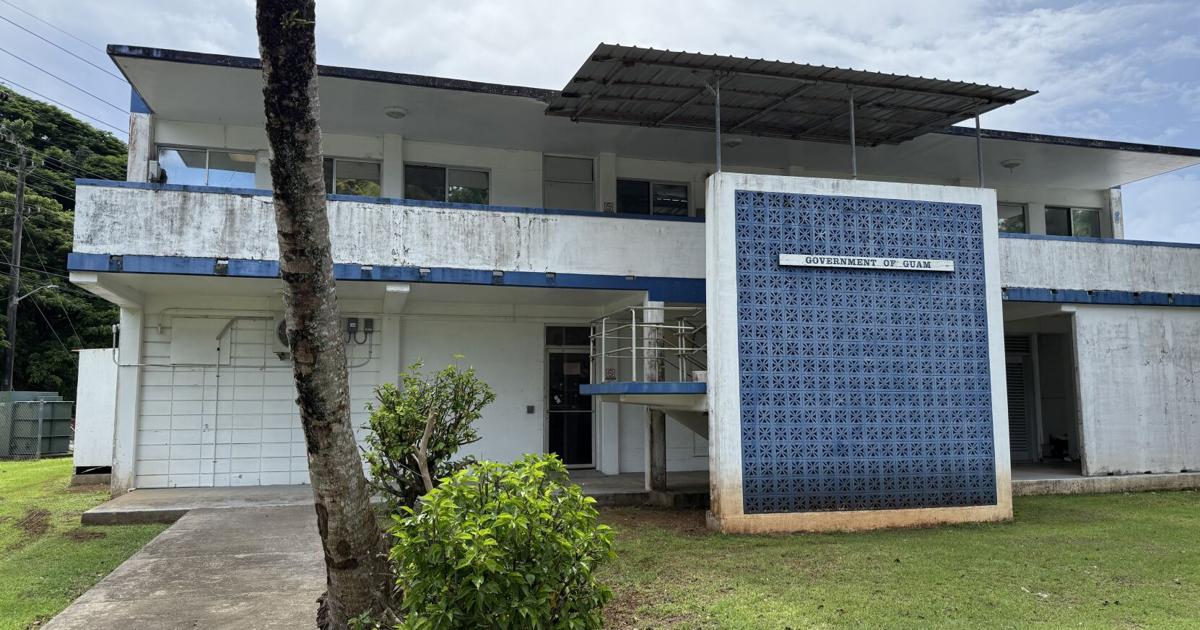Copyright thediplomat

Last week, the world’s most resource-rich democracy partnered with the world’s most technologically advanced economy and the outcomes matter far beyond the Pacific. The United States has signed a string of critical minerals agreements recently, but the U.S.-Australia Framework for Securing of Supply in the Mining and Processing of Critical Minerals and Rare Earths marks a clear evolution. In an era when neither supply security, nor global rules can be taken for granted, the framework signals to markets, to China, and to future allies that the West is beginning to define what the future of mining will look like. What stands out is the shift from transactional deals to an attempt at an operating system – one that links finance, standards, and political intent into a coherent industrial strategy. The framework, announced during Prime Minister Anthony Albanese’s visit to Washington, marks a structural shift from diplomacy to design. On the surface, it commits each government to mobilize at least US$1 billion in financing within six months and identifies a project pipeline valued at around US$8.5 billion. Beneath those figures sits a logic that is more architectural than fiscal: an effort to rebuild minerals supply chains around credibility. The vision is aligning capital, governance, and data so that investment flows where standards are trusted. China’s recent expansion and weaponization of critical mineral controls – on antimony and most recently rare earths – alongside state-backed overproduction that has upset markets in nickel, aluminum, and solar materials, demonstrates how political levers can override market signals and destabilize global supply. China’s subsidies and off-balance-sheet financing has driven oversupply even when prices collapse, eroding confidence for private investment and adding unpredictability to an already complex minerals economy. The newly signed Australia-U.S. Framework includes tools designed to give allied producers and investors a baseline of predictability in markets where prices may shift as much on policy decisions as on actual production. First, it establishes a Critical Minerals Supply Security Response Group to coordinate geological mapping, information sharing and joint responses to disruptions. Importantly, it introduces price stabilization mechanisms, potentially including price floors, to counter these non-market distortions and channels new funding into recycling and scrap recovery. Each measure reflects a similar goal: Australia and the United States are prioritizing resilience by design rather than dependence on scale – a shift that the United Kingdom, Canada and the European Union are beginning to mirror. The United States has moved quickly to build an inter-agency approach to diversification and risk reduction, allocating significant funding and resources to securing minerals. Australia, meanwhile, brings one of the world’s most advanced mining ecosystems – not only in the depth and diversity of its deposits but in how efficiently and responsibly they are (mostly) developed. Together, Washington and Canberra have an opportunity to ensure coordination creates a form of deterrence by developing an alternative model based on transparency and the shared data commitments in the framework. For example, the new Response Group could harness the progress by the DARPA-funded Critical Minerals Forum and integrate critical minerals data sources into a live, shared map of reserves, capacity and ownership. To many industry and policy leaders, the most consequential element of the framework – and the quiet geopolitical deterrent in the competition with China – is the focus on “standards-based systems.” In a world where countries are often choosing between different models of development, the minerals contest is as much about resources as it is about which system can mine, process, and trade in ways that are the most open, innovative, and beneficial to all stakeholders. This has long been a competitive advantage for the West, and maintaining this focus is critical to both geostrategic competition and the flow of capital. Industry leaders have increasingly framed good governance and consistent standards not as regulatory burdens, but as competitive advantages that lower risk, attract capital, and secure long-term market access. The framework’s anchoring in a standards-based system reflects an understanding that these are not costs but conditions of capital. When those foundations fail, the consequences are measurable – not just reputationally, but financially. The destruction of the 46,000-year-old Juukan Gorge caves in Western Australia by Rio Tinto in 2020 resulted in irreparable loss for Traditional Owners, prompted parliamentary inquiries, executive resignations, and wiped billions from shareholder value – a reminder that responsible mining are not abstract ideals but operational risks. Finally, the framework elevates recycling and recovery from side discussions to strategic pillars. Circularity – recovering critical materials from industrial waste and legacy assets – offers diversification that is faster and less disruptive than new greenfield mining. The United States, Australia, and the European Union are advancing major research, development and deployment efforts, with initiatives such as the Australia–U.S. Gallium Recovery Project and the EU’s rare-earth magnet recycling pilots under the REE4EU program demonstrating how technology can expand supply while reducing environmental impact. Such innovations will be central to the future of mining and to how credibility, rather than scale, defines strategic advantage. Together, these efforts point to a broader design principle: building resilience through shared innovation, standards and trust. Within that logic, a single line in the framework stands out: both governments will “work with third parties as appropriate to ensure supply-chain security.” That clause opens the door to a wider coalition of trusted producers. Australian and U.S. companies already anchor critical minerals projects across allied jurisdictions – from Mongolia to Indonesia – offering a practical foundation for a more resilient, standards-based network. Extending the framework’s mapping, financing and governance mechanisms to third party nations would convert diplomacy into real supply and reinforce shared operating norms. For Europe in particular, deeper integration into this emerging ecosystem would turn policy coordination into material advantage. If scale once defined industrial power, credibility now does. The nations that can mine transparently, process cleanly, and recycle efficiently will determine not just who holds resources, but who sets the terms of access. The Australia-U.S. Framework is not only an agreement but an example of how democracies can translate values into competitive advantage. If they can, the result will not simply be secure supply, but a new model of industrial performance fit for the century ahead.



